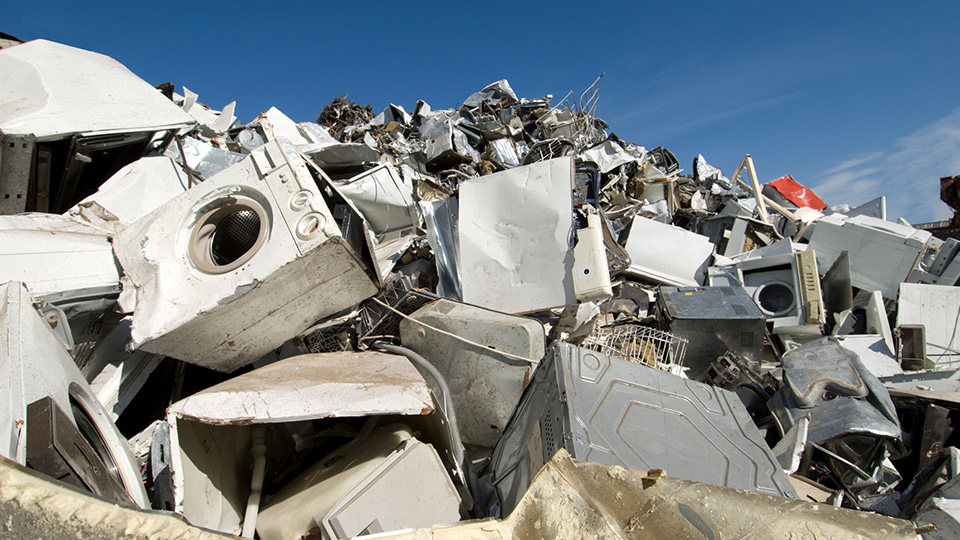Even in death, we can still be responsible for mercury pollution.
On average, a cremated body releases two to four grams of mercury from the dental amalgam in the teeth. Individual crematoria can release over 5 kg of mercury per year, and in the United Kingdom, crematoria release around two tonnes of mercury every year (pdf). With death being a growth industry, total mercury emissions from cremations are set to rise.
Push for regulation
Not surprisingly, demands are being made for action to limit this source of mercury pollution. The European Union is under pressure to act, and it is also an issue in the United States. With the Minamata Convention in the process of ratification, all countries will need to develop plans to manage this problem.
Technical solutions
One solution to mercury pollution from cremations is to extract teeth containing dental amalgam before cremation. While this would allow for efficient recycling of the mercury contained in the amalgam, and cut mercury emissions to practically zero, such an intrusive process is unlikely to be acceptable to most communities.
That leaves extracting mercury from the flue gases as the culturally acceptable means of reducing mercury pollution. Several technologies are available that are capable of removing over 99.9% of mercury from flue gases, which is good news. However, for structural or other considerations, abatement technologies may not be able to be added to older crematoria.
And technology comes at a cost. The proposed price tag for adding mercury capture to Adelaide’s Centennial Park crematorium in 2013 was $1.5 million. As a consequence, it may be many years before all crematoria install the necessary equipment.





